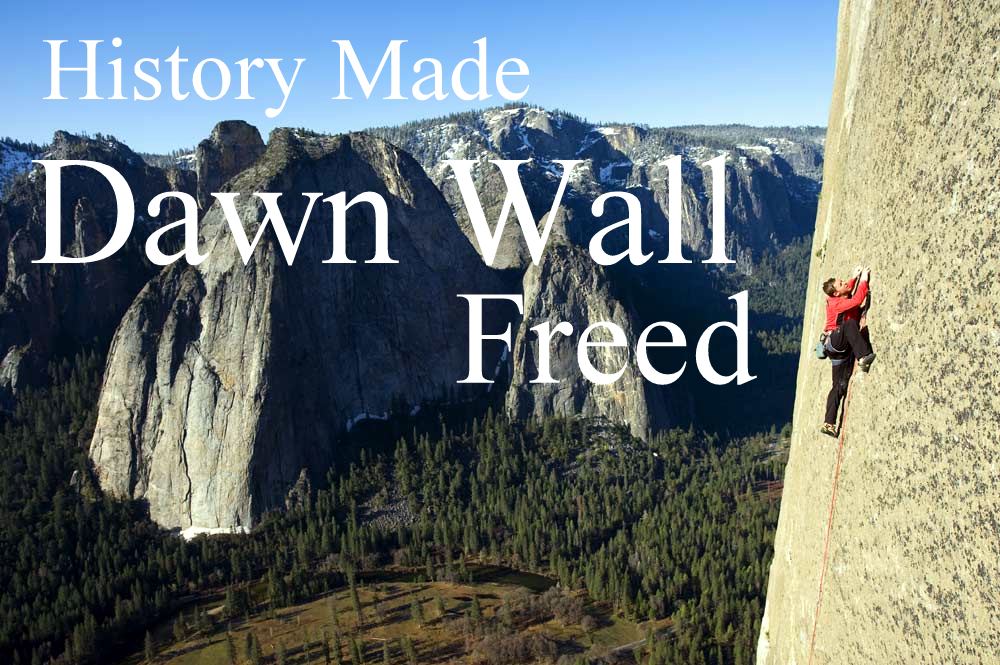Table Of Content

Part III is told from the point of view of Ben Benally, a relocated Navajo who befriends Abel in Los Angeles. Roommates in Los Angeles, Ben and Abel share many things in their backgrounds. On his one visit to Walatowa, Benally finds the landscape there similar to that in which he grew up. Like Abel he was raised in that landscape without parents by his grandfather. Benally even suggests that he is somehow related to Abel since the Navajos have a clan called Jemez, the name of Abel's pueblo. The etiological legend of Santiago (St. James) and the rooster is told by Fr.
John Big Bluff Tosamah

The action of House Made of Dawn takes place between July 20, 1945, and February 28, 1952. The narration comprises an undated prologue and four dated sections set in the pueblo of Walatowa (Jemez), New Mexico (prologue and sections 1 and 4) and the Los Angeles area (sections 2 and 3). Created by the original team behind SparkNotes, LitCharts are the world's best literature guides.
Father Olguin
The two white women, Angela and Milly, treat Abel well and respect his heritage. Because of his unique position, Father Olguin functions as an intermediary between the outside culture and the people of the reservation. When Angela St. John arrives at Walatowa, she asks Father Olguin to help her hire an Indian worker.
Literary Devices used in House Made of Dawn
However, Abel befriends a man named Ben Benally from a reservation in New Mexico and develops an intimate relationship with Milly, a kind, blonde social worker. However, his overall situation has not improved and Abel ends up drunk on the beach with his hands, head, and upper body beaten and broken. Memories run through his mind of the reservation, the war, jail, and Milly. Abel eventually finds the strength to pick himself up and he stumbles across town to the apartment he shares with Ben. By his mere presence Abel threatens the protective illusions so necessary to Martinez' emotional and psychological survival, and he poses the same threat to Tosamah and Benally. Their suffering is at least as productive of guilt as of rage and therefore they have devised what Trimble calls "strategies" to avoid acknowledging that suffering to themselves.
Meanwhile, Abel’s traumatic experiences in the war have severed any connection he once felt to his ancestors’ spirituality. Angela promises Abel that she’ll help him leave Walatowa and find work elsewhere. Their affair helps Abel realize that his return to Walatowa hasn’t gone well. While participating in a traditional ceremony, he’s embarrassed by a local man named Juan Reyes. To the locals, Reyes is an Indigenous American man and an albino known as the “white man.” Abel decides that Reyes is a witch and stabs him after drinking heavily in a bar. The police arrest Abel and send him to jail—and he’s found guilty of murder.
Momaday, giant of Native American and world literature, dies at 89 - The Taos News
Momaday, giant of Native American and world literature, dies at 89.
Posted: Thu, 01 Feb 2024 15:24:01 GMT [source]
He is greeted by his grandfather Francisco, his only remaining relative. Coming home sends the addled, lonely Abel into a spiral of memories about his childhood in Walatowa as he struggles to reconnect with his homeland and community. These memories include the deaths of Abel’s mother and brother when he was a child. Part II takes place in Los Angeles, California six and a half years later. Abel has been released from prison and unites with a local group of Indians. The leader of the group, Reverend John Big Bluff Tosamah, Priest of the Sun, teases Abel as a "longhair" who is unable to assimilate to the demands of the modern world.
The White Man
He takes a temporary job cutting wood for Angela St. John, a troubled, sensuous woman who is visiting the area to undertake mineral bath treatments for some sort of chronic fatigue; she is pregnant. He also participates in a village festival and is singled out by a strange, ominous-appearing albino man. Meanwhile, the omniscient narration follows a parallel line with the village priest, Father Olguin, as he studies the diary of his predecessor, Fray Nicolás, and makes an awkward approach to Angela. A rare book-length consideration of the novel that touches upon all of the varied theories, offering an excellent overview of critical opinion. Both the parole officer and the Relocation people attempt to keep Abel out of trouble, but his problems only deepen.
Bookreader Item Preview
House Made of Dawn blends fictional and nonfictional elements to depict life on an Indigenous American reservation like the one where Momaday grew up. Not until years later, when she visits Abel in the hospital and, in effect, releases him, does the evil finally begin to ebb. As she speaks of her son, Peter, and the Indian tales he loves to hear, Ben remembers the stories told by his grandfather who spoke from the legends of his heritage.
The bus leaned and creaked; he felt the surge of motion and the violent shudder of the whole machine on the gravel road. Then suddenly he was overcome with a desperate loneliness, and he wanted to cry out. He looked toward the fields, but a low rise of the land lay before them. Auditory symbols follow Abel directly from his affair with Angela to the climactic scene of Part I, the killing of the albino. She would know the arrangement of her days and hours in the upstairs and down, and they would be for her the proof of her being and having been. The others were singing, too, but it was the wrong kind of thing, and I wanted to pray.
This is one reason why he tries to shepherd Abel as he does at the factory and why he takes him into his home. That Ben truly believes he is acting in Abel's best interest is undeniable, and in a very real sense he is. Abel sorely needs the kind of support Ben provides, and if Tosamah's attempt to isolate Abel is a denial of his own Indianness, Ben's generous inclusion of Abel in his own life is a wonderfully rich expression of his. But Ben's concern for Abel is motivated by fear as well as by compassion. Tosamah feared that Abel "was going to get us all in trouble," and so does Ben. Abel's problems, in Ben's view, go beyond those which confront every relocated Indian, severe as these problems may be.
Abel, too drunk to seriously threaten Tosamah, lunges impotently toward him, and the others, to relieve their own discomfort, laugh at his futility. Tosamah, who "doesn't come from the reservation" himself, has made the others ashamed of what they are, and when they try to dispel their shame by projecting it onto Abel, Abel's rage loses its foundation and he feels empty and alone. As with many other minority groups in America, Native American populations became more connected with the mainstream culture as a result of World War II. Prejudice and discriminatory policies did not disappear overnight, but the fact that people from ethnic subcultures were thrown together in barracks in the war led to some softening social boundaries.
He needs to feel with the Tewa singer quoted earlier his authority return to him. But here out of harmony with himself and his community he needs most of all the kind of re-emergence journey offered in a Navajo chantway. The pattern of the emergence narrative—a journey toward order symbolized by a cultural landscape—is repeated in Navajo chantway rituals.
Interspersed with his sermon are Abel’s confused recollections of his murder trial, his prison sentence, and his sexual relationship with his social worker Milly. A young Native American, Abel has come home to New Mexico from war to find himself caught between two worlds. The first is the world of his grandfather’s, wedding him to the rhythm of the seasons, the harsh beauty of the land, and the ancient rites and traditions of his people. But the other world — modern, industrial America — pulls at Abel, demanding his loyalty, claiming his soul, and goading him into a destructive, compulsive cycle of depravity and despair. Their coming together is an epiphany for each of them; she draws from him a kind of vision she has never experienced before, a "knowingness" of who she is, and of her relationship to other living things and to life itself. But the evil spirit which has hitherto clouded her days now descends upon him.

No comments:
Post a Comment